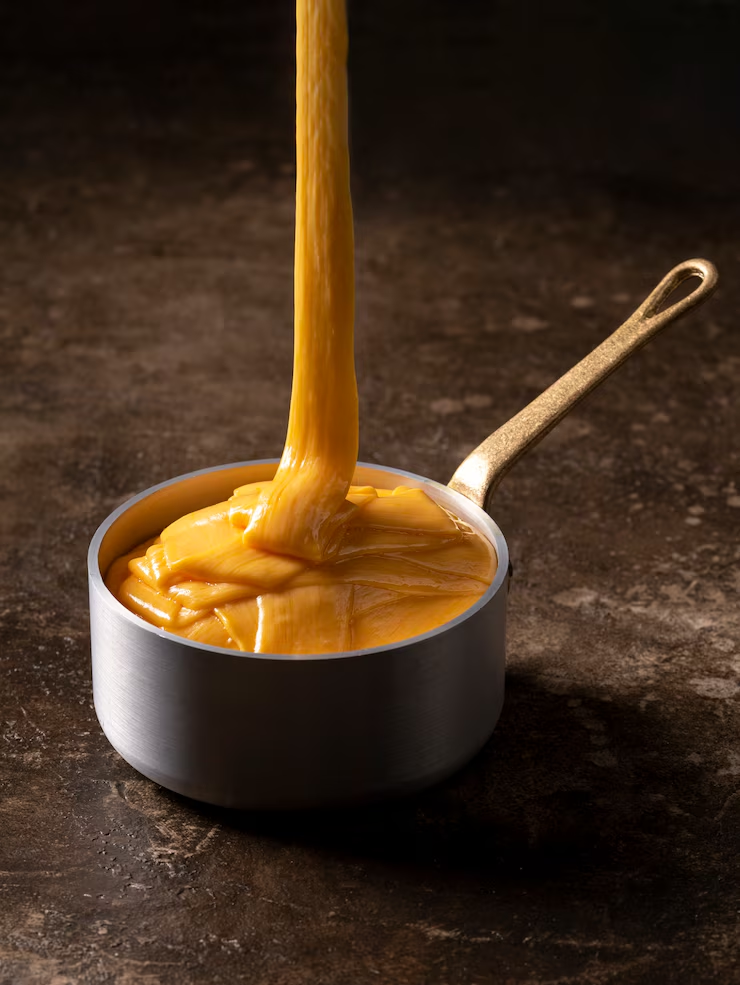When it comes to kitchen staples, few products have had as much impact as Crisco. This iconic brand of vegetable shortening has been a household name for over a century, revolutionizing baking and frying in American kitchens. But what exactly is Crisco, and why has it remained so popular?
In this blog post, we’ll explore:
- The history of Crisco and how it was invented
- Its culinary uses in baking, frying, and more
- The health debate surrounding hydrogenated oils
- Modern alternatives to Crisco in today’s health-conscious world
Whether you’re a baking enthusiast or just curious about this kitchen staple, read on to discover everything you need to know about Crisco!
1. The History of Crisco
The Invention of Crisco
Crisco was introduced in 1911 by Procter & Gamble (P&G), making it one of the first commercially available shortening products in the U.S. The name “Crisco” stands for “Crystallized Cottonseed Oil” because it was originally made from hydrogenated cottonseed oil.
Before Crisco, home cooks relied on lard (pig fat) and butter for baking and frying. However, these fats were expensive, perishable, and sometimes scarce. Crisco provided a cheaper, shelf-stable alternative that didn’t spoil easily.
How Hydrogenation Changed Cooking
The key innovation behind Crisco was hydrogenation, a chemical process that turns liquid vegetable oils into solid fats. By adding hydrogen to cottonseed oil, P&G created a product that:
- Had a longer shelf life
- Remained solid at room temperature
- Could be used for both baking and frying
This breakthrough made Crisco an instant hit, especially during World War I and the Great Depression, when butter and lard were rationed or expensive.
Crisco’s Marketing Success
P&G marketed Crisco as a modern, scientific, and healthier alternative to animal fats. They distributed free cookbooks with Crisco-based recipes, convincing homemakers that it was cleaner and more digestible than lard.
By the mid-20th century, Crisco had become a baking essential, especially for flaky pie crusts, biscuits, and fried foods.
2. Culinary Uses of Crisco
Crisco’s versatility made it a favorite in both home and commercial kitchens. Here are some of its most common uses:
A. Baking
Crisco is famous for creating tender, flaky textures in baked goods because it:
- Has a higher melting point than butter, preventing premature spreading
- Doesn’t contain water, which helps avoid gluten overdevelopment
Popular Crisco-based recipes include:
- Pie crusts (the secret to a flaky texture)
- Biscuits and cookies (for a soft, crumbly finish)
- Cakes and pastries (for moisture without heaviness)
B. Frying
Because of its high smoke point (around 360°F), Crisco was widely used for:
- Deep-frying (fried chicken, donuts, French fries)
- Pan-frying (hash browns, fish fillets)
Unlike butter, which burns easily, Crisco provided a stable frying medium that didn’t break down quickly.
C. Non-Culinary Uses
Beyond cooking, Crisco has had some surprising alternative uses:
- Homemade soap and candles (due to its fat content)
- Lubricant for machinery (in a pinch)
- Skin moisturizer (used by some for dry skin)
3. The Health Debate: Is Crisco Bad for You?
While Crisco was once marketed as a healthier fat, modern science has raised concerns about its hydrogenated oils.
The Problem with Trans Fats
- During hydrogenation, some fats turn into trans fats, which are linked to:
- Increased LDL (bad) cholesterol
- Decreased HDL (good) cholesterol
- Higher risk of heart disease and stroke
- In 2015, the FDA banned artificial trans fats, forcing Crisco to reformulate.
Crisco’s Reformulation
Today’s Crisco is made with fully hydrogenated palm oil, which contains no trans fats. However, it’s still a highly processed fat with saturated fats, so moderation is key.
Healthier Alternatives
For those avoiding shortening, consider:
- Butter (for flavor, but higher in saturated fat)
- Coconut oil (solid at room temperature, great for baking)
- Avocado oil or olive oil (for frying)
4. Modern Alternatives to Crisco
With growing health awareness, many home cooks are looking for substitutes. Here’s how to replace Crisco in recipes:
A. For Baking
| Use Case | Best Substitute | Notes |
|---|---|---|
| Pie crusts | Butter or lard | Adds flavor but may be less flaky |
| Cookies | Coconut oil | Similar texture, slight coconut taste |
| Cakes | Vegetable oil | Keeps cakes moist |
B. For Frying
- Avocado oil (high smoke point, heart-healthy)
- Peanut oil (great for deep-frying)
- Ghee (clarified butter) (rich flavor, high smoke point)
C. Vegan & Health-Conscious Options
- Vegan butter (made from plant-based oils)
- Applesauce or mashed banana (for reducing fat in baking)
5. Is Crisco Still Relevant Today?
Despite health concerns, Crisco remains popular for:
- Traditional recipes (like grandma’s pie crust)
- Commercial baking (due to consistency and cost)
- Vegan baking (as a plant-based fat)
However, with more people opting for natural, unprocessed fats, its dominance has declined.
Conclusion
Crisco’s journey from a revolutionary kitchen product to a controversial ingredient reflects changing food trends and health knowledge. While it’s no longer considered the “healthier” option it once was, it still holds a nostalgic place in baking and frying.

